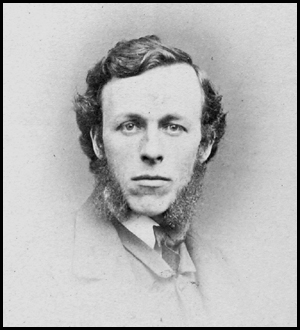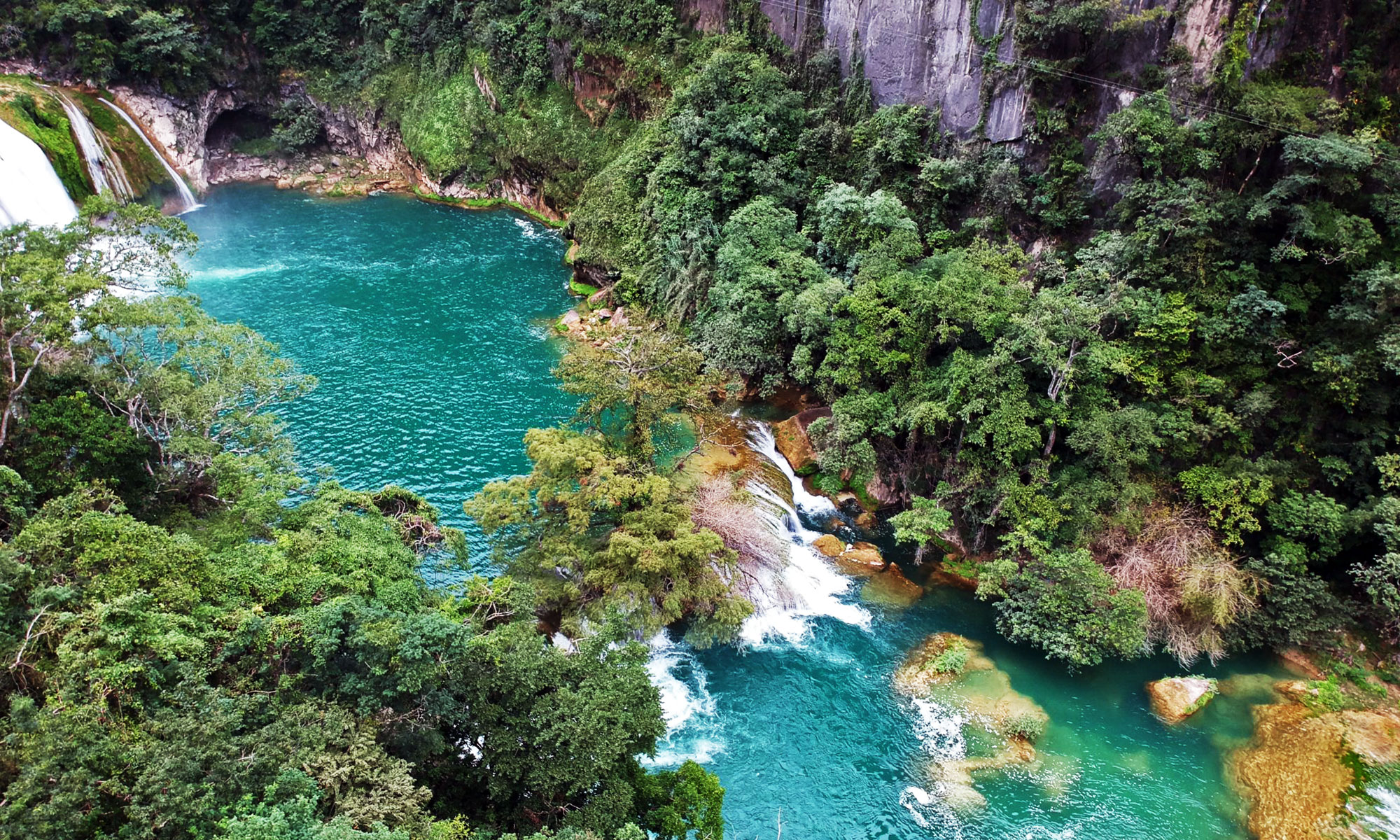
18 June 1838 – 20 December 1925
Born: Portland, Maine.
Died: Salem, Massachusetts.
Occupation: Draftsman, Artist, Zoologist, Malacologist. Curator, Portland Society of Natural History, 1861-1866. Director, Peabody Academy of Science, Salem, Massachusetts, 1880-1914.
Education: Bridgeton Academy, Maine. Student Assistant, MCZ, Harvard, 1859-1861. Honorary Ph.D. Bowdoin College, 1871.
Societies / Service: Co-founder, American Naturalist, 1866. President, AAAS, 1886.
Travels: Japan, 1877-1878. England, 1887. Europe, 1888.
Collection Deposition: MCZ, Harvard.
Research Interests:
Remarks:
Data from: Abbott, R.T., and M.E. Young (eds.). 1973. American Malacologists: A national register of professional and amateur malacologists and private shell collectors and biographies of early American mollusk workers born between 1618 and 1900. American Malacologists, Falls Church, Virginia. Consolidated/Drake Press, Philadelphia. 494 pp.
Other References: Martin, S.M. 1995. Maine’s remarkable Edward Sylvester Morse: quintessential naturalist. Maine Naturalist 3(2):81-102.
Partial Bibliography
Morse, E.S. 1862. Report of description and illustration of the anatomy of Margaritana arcuata. Proceedings of the Portland Society of Natural History 1(2):104
Morse, E.S. 1864. Observations on the terrestrial Pulmonifera of Maine, including a catalogue of all the species of terrestrial and fluviatile Mollusca known to inhabit the state. Journal of the Portland Society of Natural History 1(1):1-63 + 10 plates.
Morse, E.S. 1865. A classification of Mollusca based on the principle of cephalization. Proceedings of the Essex Institute 4:162-180, pl. 4.
Morse, E.S. 1869. Salt and freshwater clams. American Naturalist 3(1):21-27 + 1 plate.
Morse, E.S. 1869. Our common fresh-water shells. American Naturalist 3(9):530-535 + 1 plate.
Morse, E.S. 1871. On the adaptive coloration of Mollusca. Proceedings of the Boston Society of Natural History 14(9):141-146.

